Some Observations on the recent history of the Community of St Mary the Virgin , Wantage, Oxon.
by Dom Alistair Bate OSBA
The Community of St Mary the Virgin (CSMV), founded in 1848, was one of the first sisterhoods founded in the Church of England in response to the Tractarian movement of the mid-nineteenth century. Now a shadow of its former self, it was once the biggest of the Anglican orders with over 400 Sisters throughout the world and was deservedly renowned for its musical and artistic work, principally in the area of plainchant and church embroidery, as well as parochial and retreat ministry, education and works of mercy particularly with young women and girls. The community has had a long and venerable history, but as with so many religious communities both inside the Church of England and elsewhere, the last thirty years have not been kind.
In the case of CSMV, which even today describes itself as a “traditional Church of England Religious Community” the response to modernity has principally been of two kinds; to resist the dismantling of Anglo-Catholicism or to go with the theological flow of contemporary Anglicanism. I have only met Wantage Sisters on one occasion, more than 30 years ago, so my observations are based purely on what I have gleaned from research, but it would seem that the 21st century saw CSMV divide - amicably, it may be noted - into two opposing theological camps.
According to Peter Anson, writing in the mid 20th century, the Wantage Sisters were never renowned for being at the vanguard of the Anglo-Catholic movement, in fact although they celebrated the Little Hours according to the Sarum Breviary (in English), along with Mattins and Evesong, they didn’t actually have a daily Eucharist until 1887. Perhaps the fact that their first member, Sr Elizabeth Lockhart, became a Roman Catholic very early in her religious life, increased the remaining members’ loyalty to the Church of England. The founder, the Revd William John Butler, noted shortly before his death in 1894 that his Sisterhood had been based on the principle of “simple, honest loyalty to the Church to which it belongs, that is the Church of England, the Church of our native land. We believe that the Church of England is a true branch of Christ’s Catholic Church, and that she has a right to lay down for her children what they are to believe and do. We believe that in her Prayer Book her teaching and will are found. We are not desirous to follow our own fancies, or to set forth doctrines and ritual which belong to the Church of Rome. We are satisfied with giving dignity and beauty to that which we have of our own.” (“The Call of the Cloister” by Peter Anson, p.248)
According to Peter Anson, writing in the mid 20th century, the Wantage Sisters were never renowned for being at the vanguard of the Anglo-Catholic movement, in fact although they celebrated the Little Hours according to the Sarum Breviary (in English), along with Mattins and Evesong, they didn’t actually have a daily Eucharist until 1887. Perhaps the fact that their first member, Sr Elizabeth Lockhart, became a Roman Catholic very early in her religious life, increased the remaining members’ loyalty to the Church of England. The founder, the Revd William John Butler, noted shortly before his death in 1894 that his Sisterhood had been based on the principle of “simple, honest loyalty to the Church to which it belongs, that is the Church of England, the Church of our native land. We believe that the Church of England is a true branch of Christ’s Catholic Church, and that she has a right to lay down for her children what they are to believe and do. We believe that in her Prayer Book her teaching and will are found. We are not desirous to follow our own fancies, or to set forth doctrines and ritual which belong to the Church of Rome. We are satisfied with giving dignity and beauty to that which we have of our own.” (“The Call of the Cloister” by Peter Anson, p.248)
Given this tradition of loyalty and service to the Church of England, the issue of the ordination of women, presented an extreme challenge to several religious communities, which were already reeling from secularism and the resulting vocations crisis. Over the last 37 years I believe I am correct in saying that the number of religious communities of women in the Church of England has been reduced from 49 to round about a dozen. Incredibly sadly, the majority are literally now well on their way to extinction and this beautiful chapter in Church history will most likely draw to a close eventually. Most of those communities that remain, it would appear, have been easily persuaded by the feminist modernist spirit that has swept through the church, though a small number of brave souls have gone down the “Forward in Faith” route, whilst others, since Pope Benedict established the Anglican Ordinariates have chosen to “swim the Tiber”.
It is anyone’s guess what the Revd William Butler might have done had he been an influential figure in the contemporary Anglican Church. I suspect he would be in the women-ordaining camp, as he was always first and foremost an Anglican rather than a Catholic. However, those members of CSMV and other similar communities who could not agree with the decisions of General Synod regarding the ordination of women would surely say that they didn’t leave the Church of England, but rather the Church of England left them, and I would certainly agree with them. The claim of the Church of England to be a legitimate branch of the Catholic tree was a foundational idea for these communities and if one can accept the “branch theory” then surely one must also accept that in forsaking the consistent sacramental practice of Catholicism and Orthodoxy the General Synod has firmly and irrevocably sawn off that branch. The mark of Catholic sacramental orthodoxy according to St Vincent of Lerins is “to do as the church has always done” and clearly the ordination of women does not conform to that general rule.
It is anyone’s guess what the Revd William Butler might have done had he been an influential figure in the contemporary Anglican Church. I suspect he would be in the women-ordaining camp, as he was always first and foremost an Anglican rather than a Catholic. However, those members of CSMV and other similar communities who could not agree with the decisions of General Synod regarding the ordination of women would surely say that they didn’t leave the Church of England, but rather the Church of England left them, and I would certainly agree with them. The claim of the Church of England to be a legitimate branch of the Catholic tree was a foundational idea for these communities and if one can accept the “branch theory” then surely one must also accept that in forsaking the consistent sacramental practice of Catholicism and Orthodoxy the General Synod has firmly and irrevocably sawn off that branch. The mark of Catholic sacramental orthodoxy according to St Vincent of Lerins is “to do as the church has always done” and clearly the ordination of women does not conform to that general rule.
In the case of CSMV, with one or two notable exceptions, it has been the younger sisters who have jumped ship, under the capable leadership of Revd Mother Winsome. They would have liked to stay at Wantage and care for the older sisters, but the Church of England authorities didn’t think this would be such a manageable idea. Certainly if more recent photos are any indication those who have chosen to remain have fully embraced the feminist theological position, even if unlike most of the other Anglican communities of women, they have still retained their veils … for the moment.
The eleven Sisters who stepped out in faith and joined the Ordinariate of Our Lady of Walsingham, have been installed in a vacant convent in Birmingham since 2014 and have adopted a traditional Benedictine way of life, as the “Sisters of the Blessed Virgin Mary”. They are at pains to point out that the ordination of women was not the only reason they joined the Ordinariate, however, I am quite sure that it must have been a deciding factor for many.
I pray God that both communities will be blessed with vocations and that the specifically Anglican traditions of the “mixed life” (Active/Contemplative) that Wantage has exemplified so well, may be preserved for future generations.
The eleven Sisters who stepped out in faith and joined the Ordinariate of Our Lady of Walsingham, have been installed in a vacant convent in Birmingham since 2014 and have adopted a traditional Benedictine way of life, as the “Sisters of the Blessed Virgin Mary”. They are at pains to point out that the ordination of women was not the only reason they joined the Ordinariate, however, I am quite sure that it must have been a deciding factor for many.
I pray God that both communities will be blessed with vocations and that the specifically Anglican traditions of the “mixed life” (Active/Contemplative) that Wantage has exemplified so well, may be preserved for future generations.
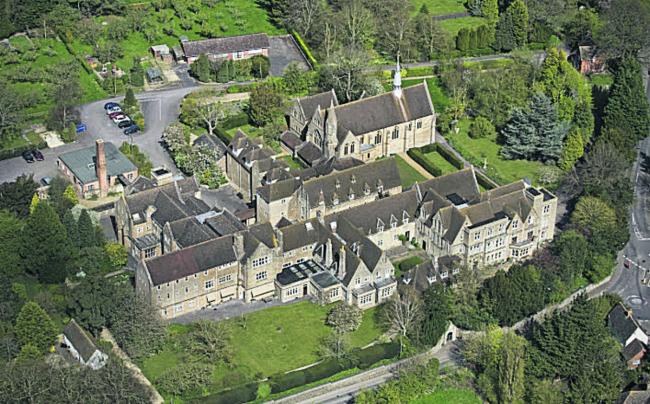
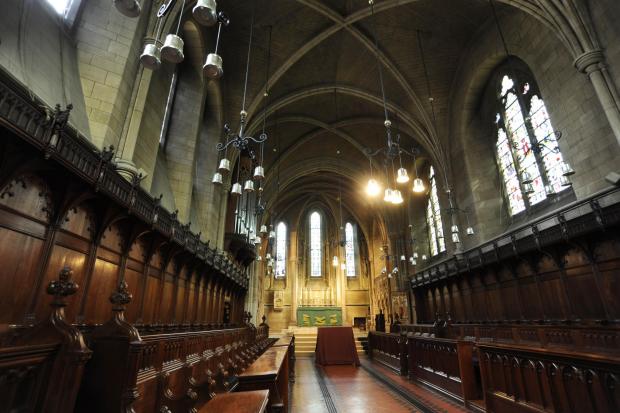
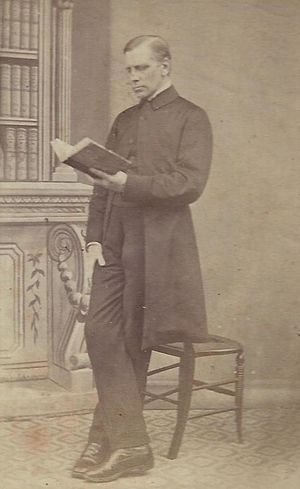
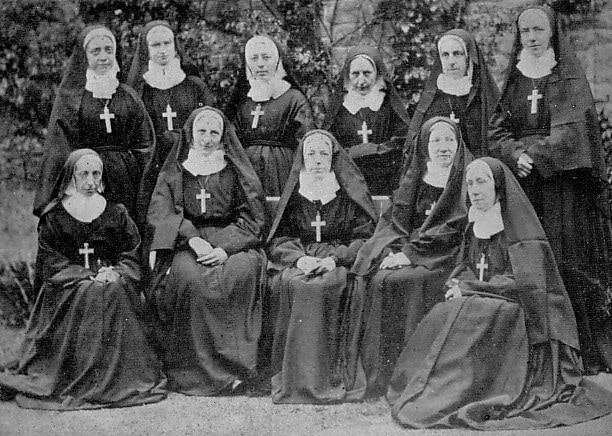
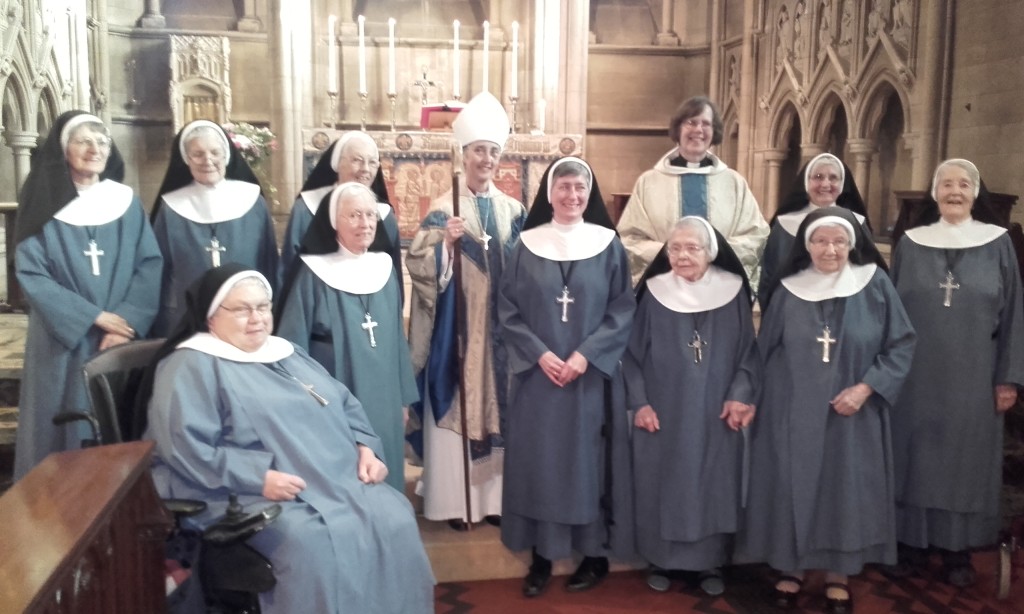
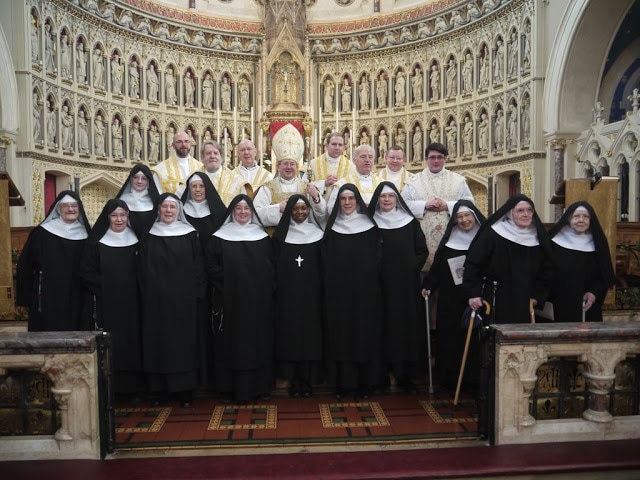
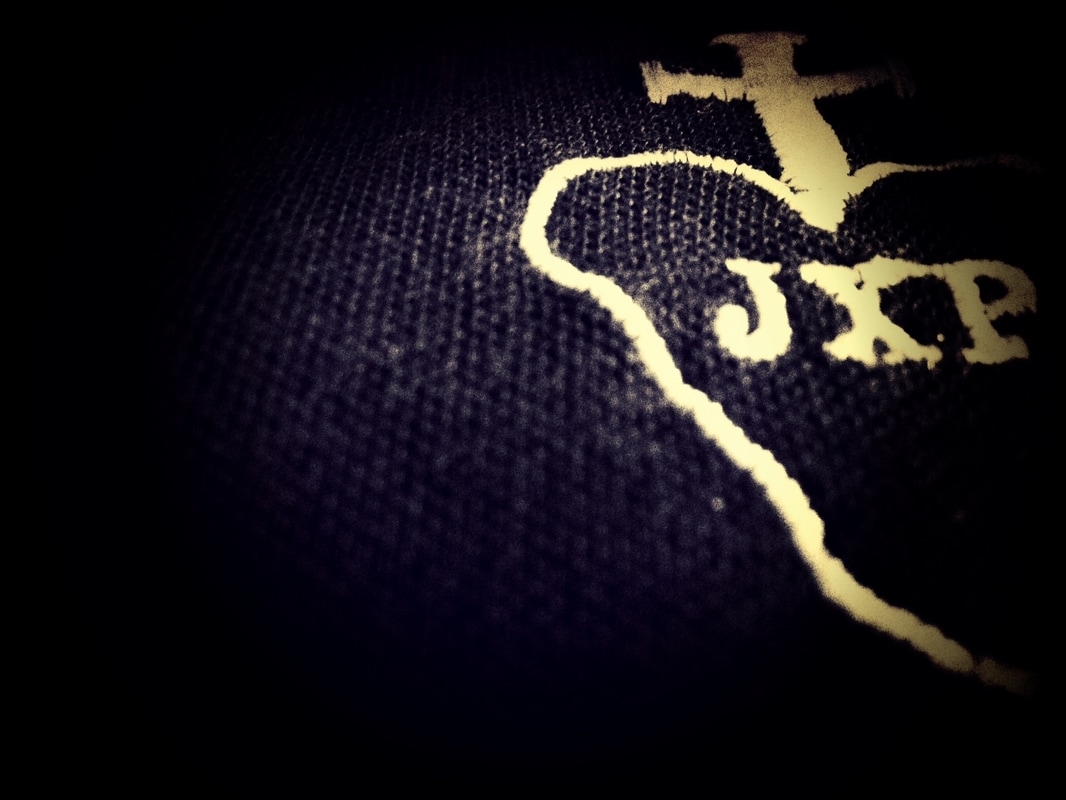
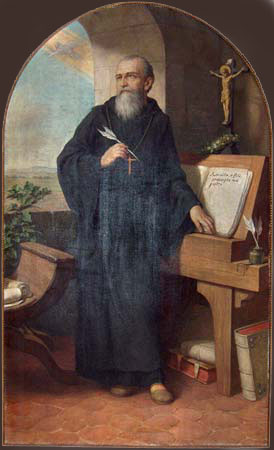
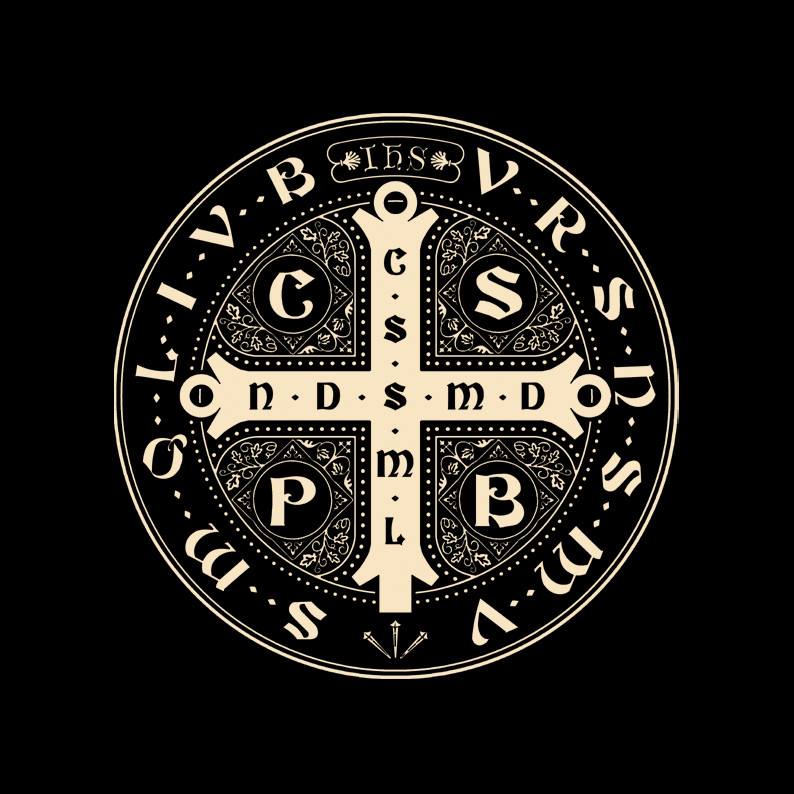
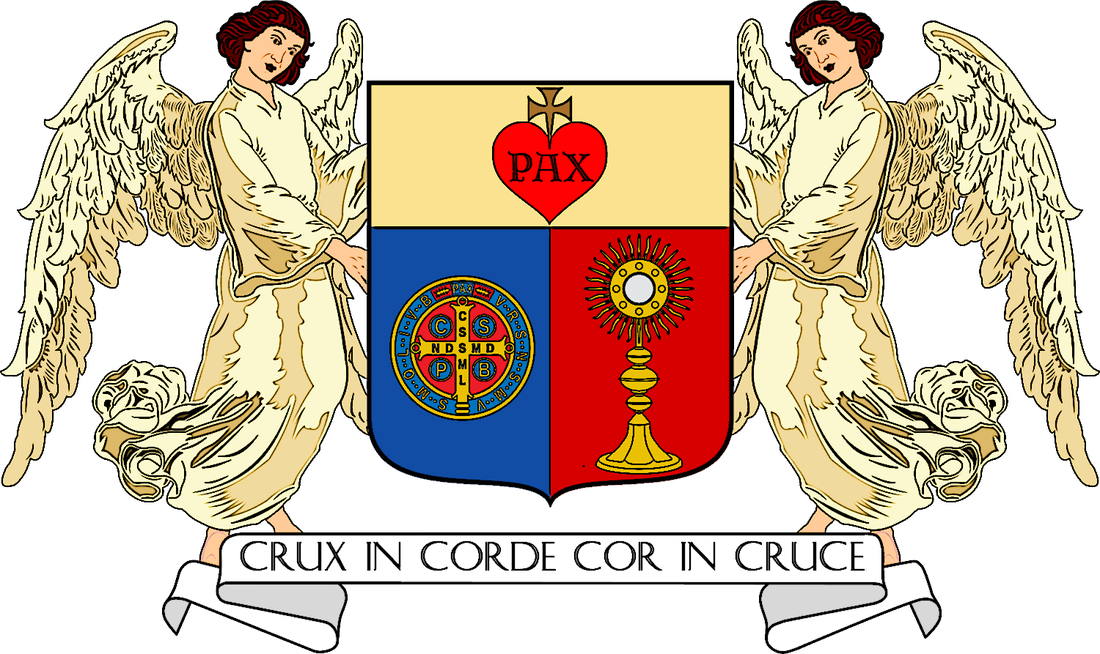
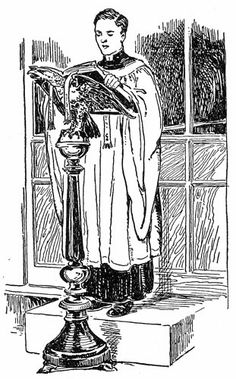
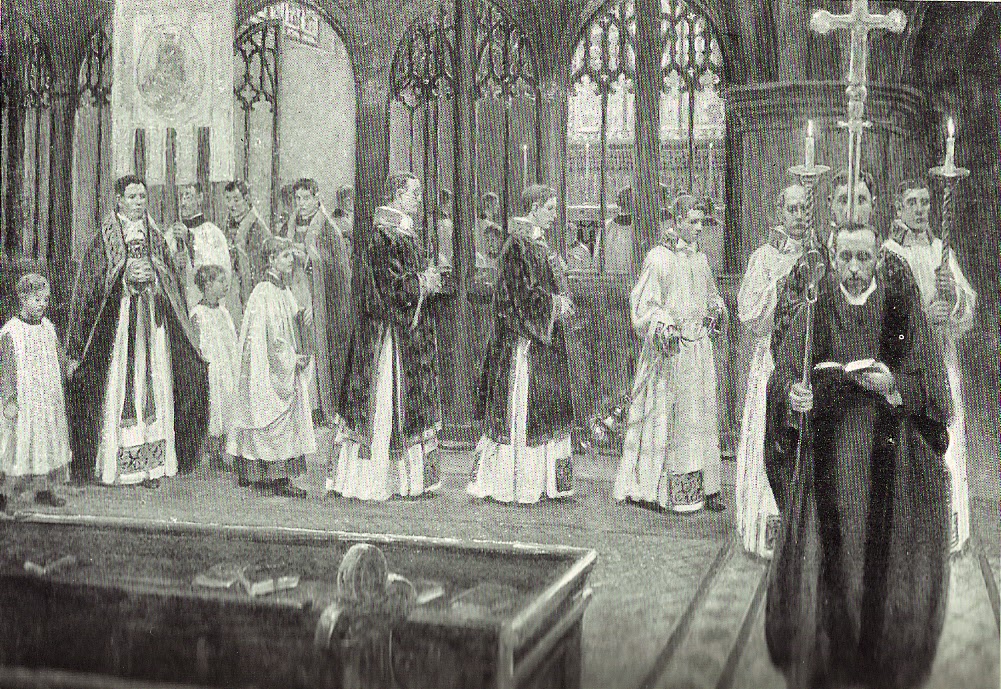
 RSS Feed
RSS Feed
